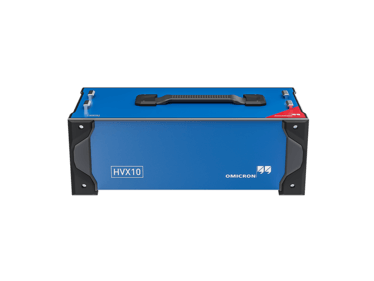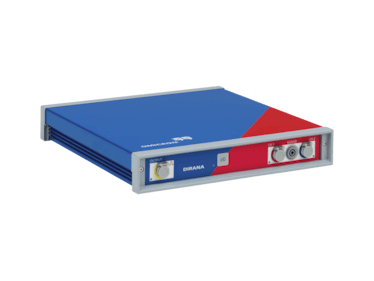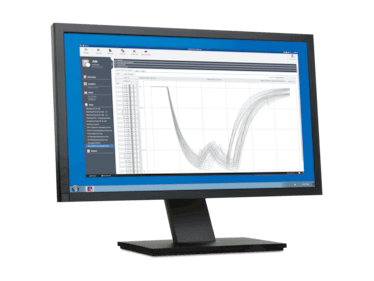Power Factor / Dissipation Factor (Tan Delta) Measurements on Instrument Transformers
An insulation failure is often the reason for an instrument transformer (IT) malfunction.
Factors which possibly accelerate the insulation's aging process:
- Moisture ingression due to broken seals
- Heat caused by the ambient temperature or sunlight
Older insulation can lead to high losses in the IT, which generates further heat. Since ITs are not actively cooled, old or degraded insulation can result in a failure or even an explosion. Fragments from the explosion represent a serious hazard for persons in the substation as well as for surrounding equipment.
Dissipation/power factor (tan(δ) delta) measurements help you determine the insulation condition. When using our testing systems, you will also be able to determine the dissipation factor at various frequencies and detect any signs of aging at an early stage. Thus, an IT can be replaced before any further damage occurs.
Expert recommends
CPX 200 + HVX10
Combining CPX 200 and HVX10 enables capacitance and power/dissipation factor measurements up to 10kV AC. Their integrated sweep function combines voltage and frequency sweeps for testing transformer insulation from 1 Hz to 600 Hz. This simple process provides user access to the mains frequency 10kV point and low-frequency measurement data for detailed diagnostics.

Benefits of this solution

High level of mobility

One system – multiple tests




